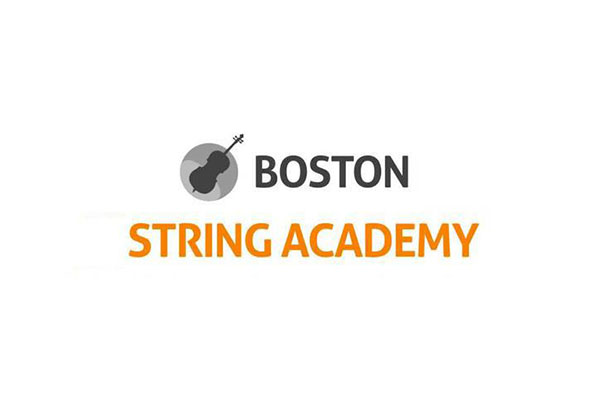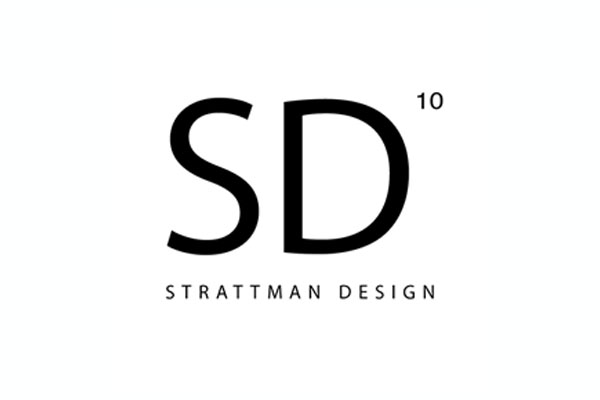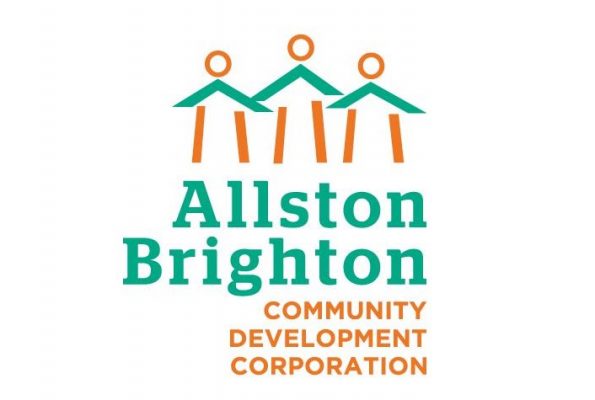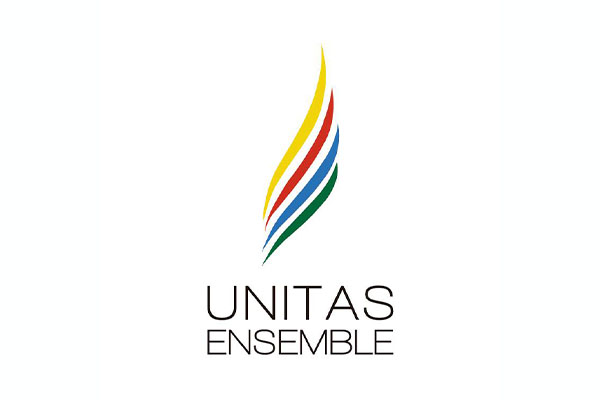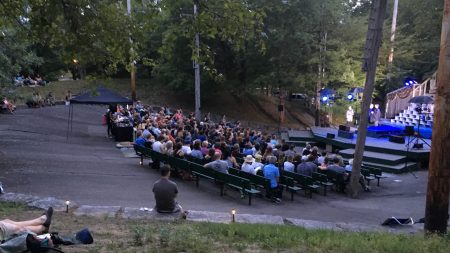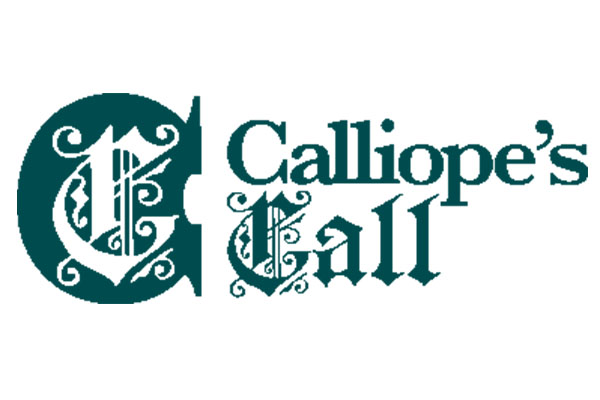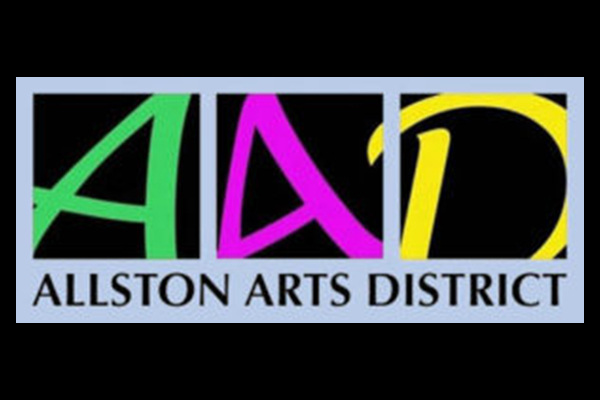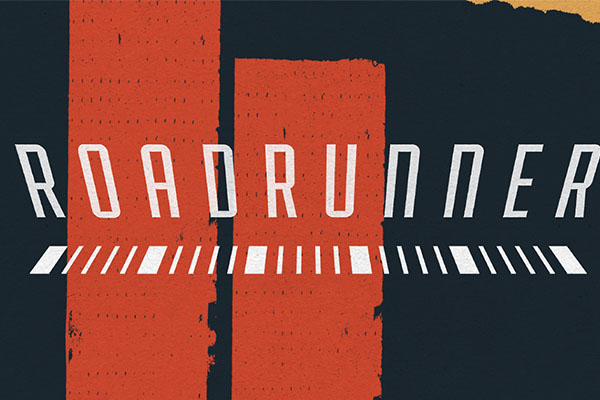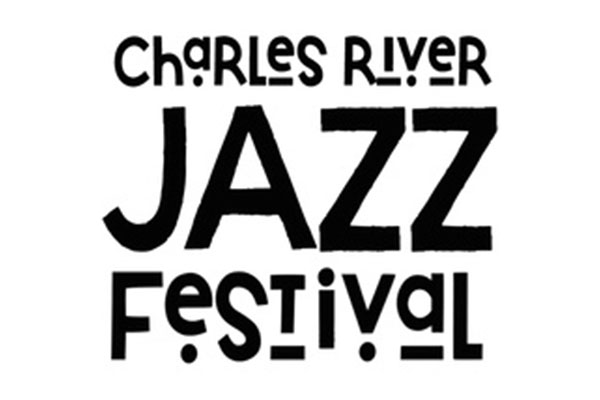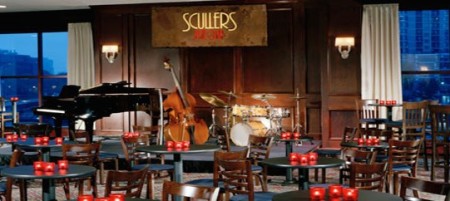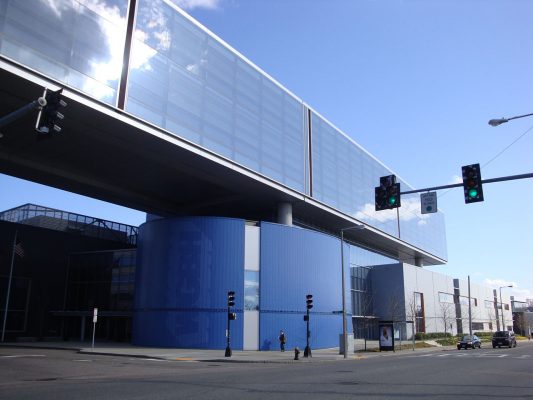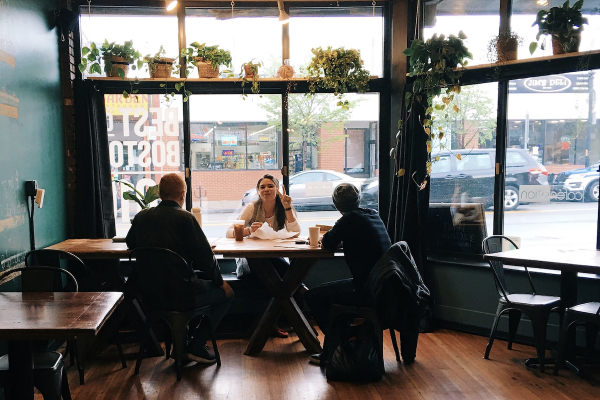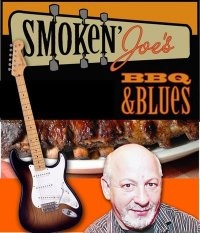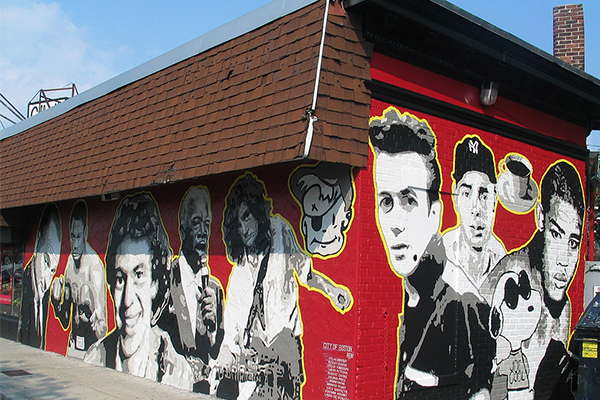
Arts and Culture
in Allston/Brighton
Named after painter and poet Washington Allston, an admiration for the arts lies at the core of this neighborhood. Today, a youthful population and generous public investment help street art, rock music, and non-traditional businesses thrive in Allston-Brighton.
Due to the large student and youth community, house shows have been an integral part of Allston-Brighton’s music scene since the 1960s. ‘Rock City,’ as it was once dubbed, hosted dozens of rock and roll legends-in-the-making from The Doors to Janis Joplin. Aerosmith even rented an Allston apartment together in their early days as a band. These days, basement shows still have a significant presence in the neighborhood’s culture, as do long-standing official venues such as Brighton Music Hall and the Paradise Rock Club. More recently, Boston Calling has transitioned to an Allston location, drawing roughly 40,000 festival-goers each year and Roadrunner is one of the city’s hottest new music venues.
In the past decade, an explosion of street art in Allston-Brighton has been made possible by the investment of public funds into artists’ work. In addition to many wall murals, towards the end of 2020, ten Boston-based artists installed public art on ten utility boxes in Allston Village. This project showcases the diverse range of styles in the Allston-Brighton neighborhood. Even more murals have been commissioned in recent months — proving that in Allston, there’s art around every corner.




